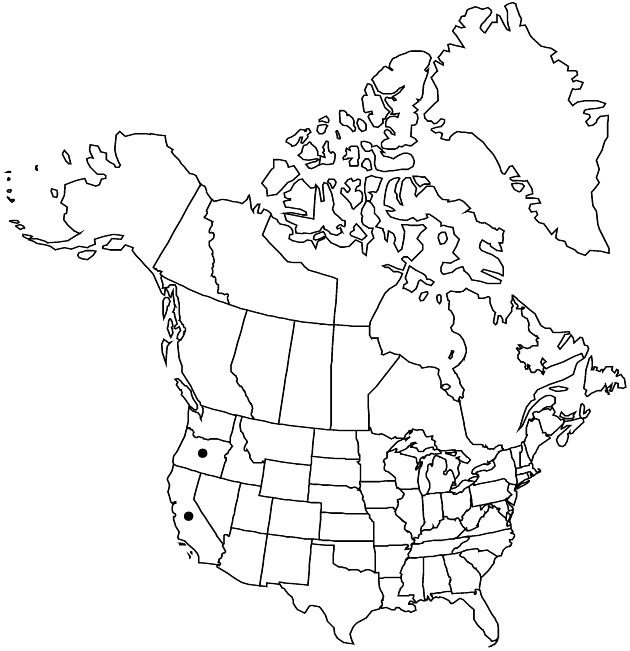Helenium bigelovii
in War Department [U.S.], Pacif. Railr. Rep. 4(5): 107. 1857.
Perennials, 30–130 cm. Stems 1–3(–10), unbranched or sparingly branched distally, weakly to moderately winged, glabrous proximally, glabrous or sparsely hairy distally. Leaves glabrous or sparsely hairy; basal blades oblanceolate to oblong-elliptic, entire; proximal and mid blades lanceolate to oblong-elliptic, entire; distal blades linear to lanceolate, entire. Heads 1–20 per plant, borne singly or in paniculiform arrays. Peduncles (6–)10–30 cm, sparsely to moderately hairy. Involucres hemispheric to globoid, 12–20 × (14–)17–22(–25) mm. Phyllaries (connate proximally) moderately to densely hairy. Ray florets 14–20, pistillate, fertile; corollas yellow, 13–25 × 5–10(–12) mm. Disc florets 250–500(–800+); corollas yellow proximally, yellow to brown to purple distally, 3–4.4(–4.8) mm, lobes 5. Cypselae 1.8–2.4 mm, moderately hairy; pappi of 6–8 entire, aristate scales 1.3–2.2(–2.7) mm. 2n = 32.
Phenology: Flowering (May–)Jul–Aug(–Oct).
Habitat: Bogs and swamps, around ponds and lakes, along streams, in moist meadows
Elevation: 60–3400 m
Discussion
Selected References
None.
